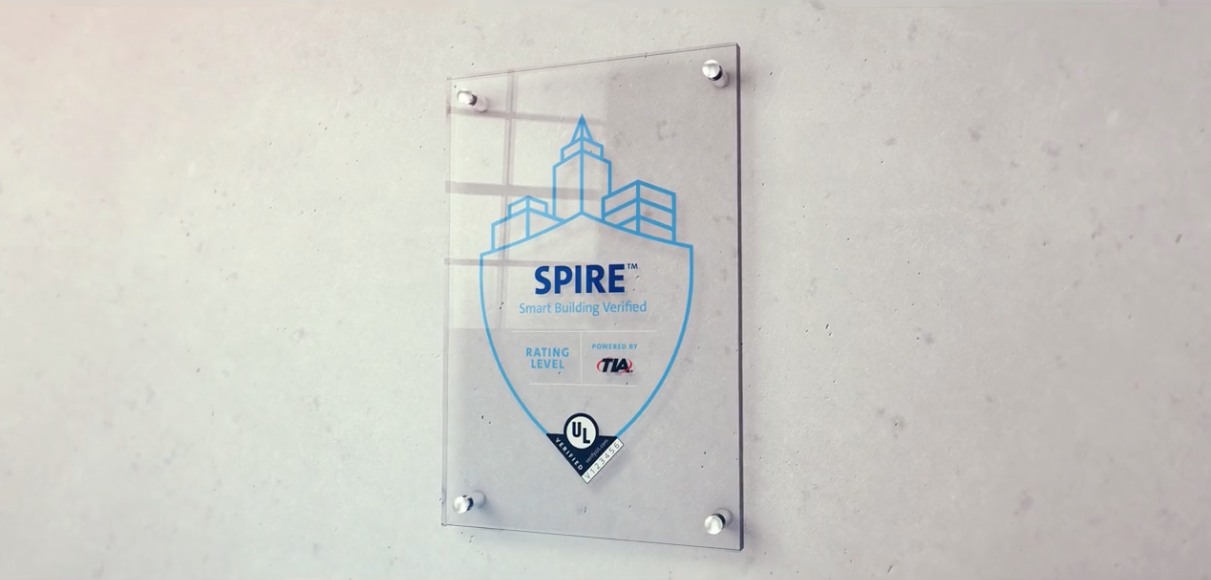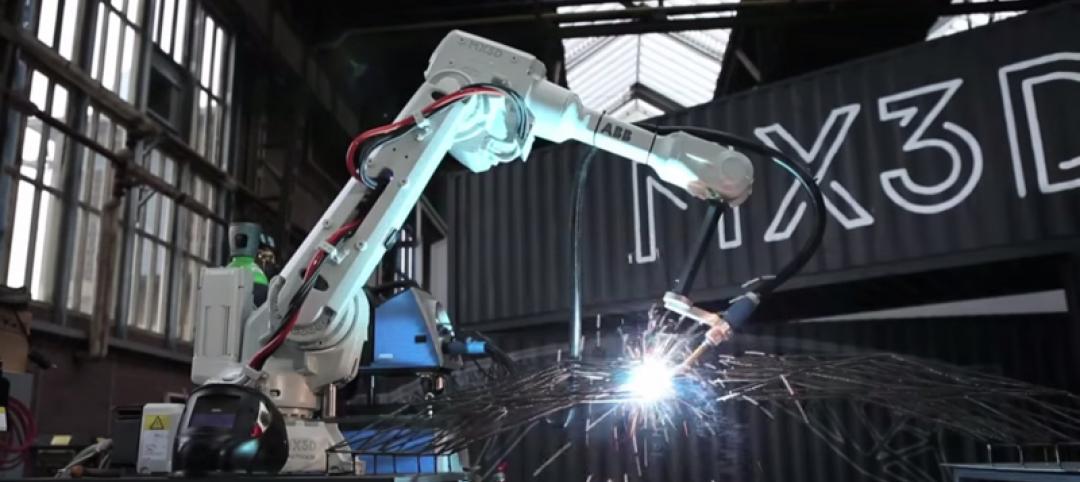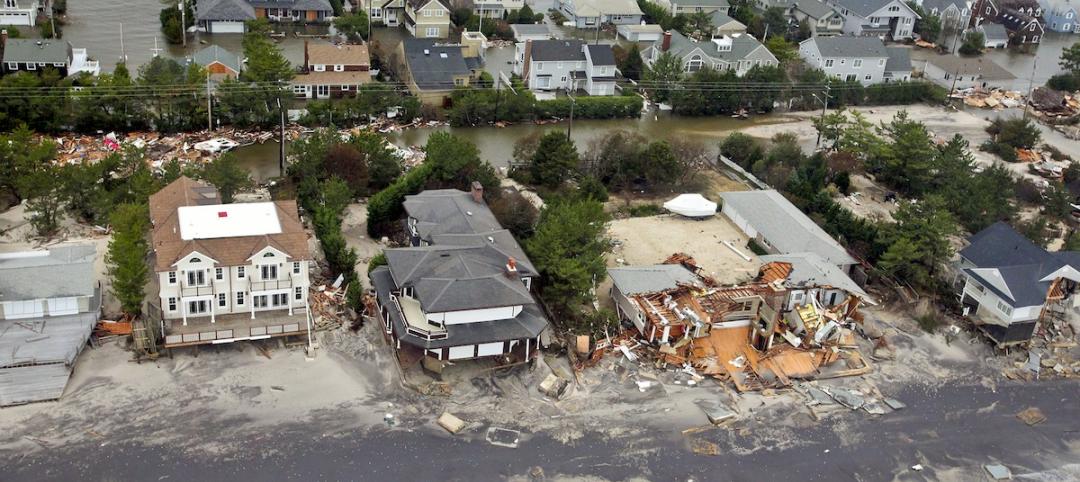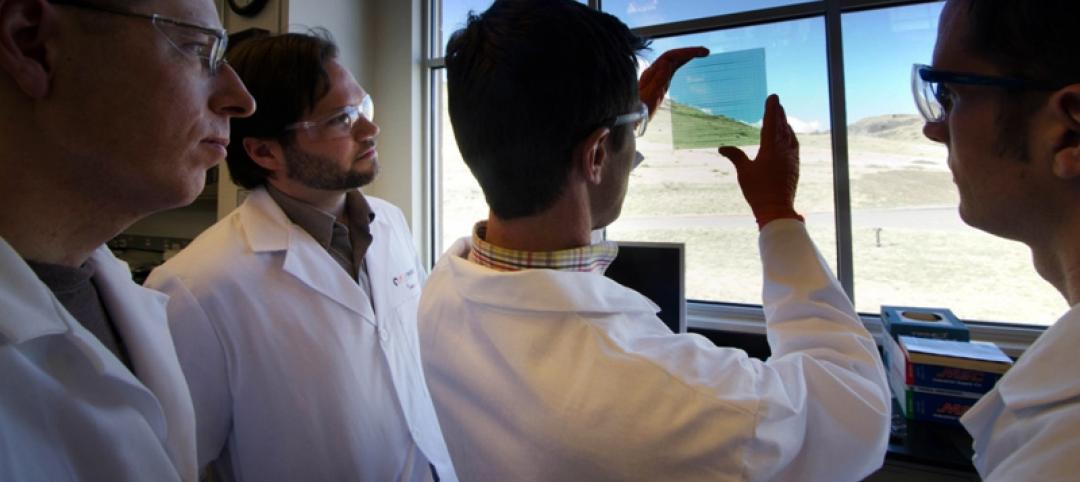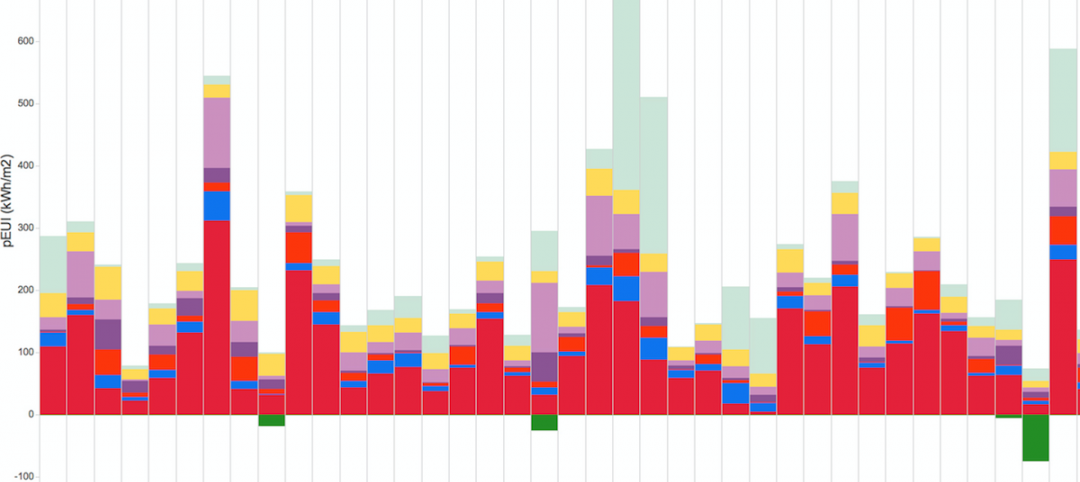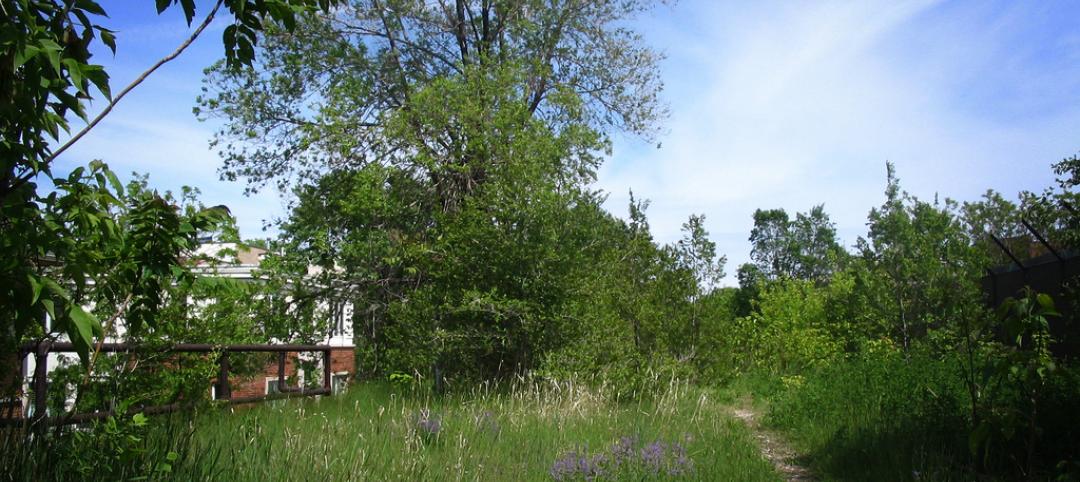The SPIRE Smart Building Program, billed as the world’s first comprehensive and objective assessment and rating program for smart buildings, was recently released.
Backed by UL and the Telecommunications Industry Association (TIA), the program is intended to help building owners and operators make better informed investment decisions, improve tenant satisfaction, and increase asset value, according to a news release.
“SPIRE provides an assessment of connected technologies within buildings, delivering insights, benchmarks, and roadmaps to help lower costs, mitigate risks, create brand differentiation, and enhance overall asset value,” the release says.
The program consists of two key components: the online SPIRE Self-Assessment and a UL Verified Assessment and Rating. The SPIRE Self-Assessment is the first step for assessing insights into six distinctive criteria that describe the current state of the smart building. These criteria include life and property safety, health and well-being, connectivity, power and energy, cybersecurity, and sustainability.
The SPIRE UL Verified Assessment and Rating, coming in the first quarter of 2021, entails an in-depth audit by UL and is an objective, evidence-based assessment using the six distinctive criteria. A successful assessment results in a UL Verified Mark, a plaque, and a building performance score.
Related Stories
Smart Buildings | Jun 28, 2015
Why does an American city of 400,000 feel more compact than a European city of 2.4 million?
HDR’s Jim Thomson brings home some insights from a recent trip to Paris.
BIM and Information Technology | Jun 23, 2015
A steel bridge in Amsterdam will be 3D printed
To complete the bridge, multi-axis industrial robots will be fitted with 3D printing tools and controlled using custom software that enables the robots to print metals, plastics, and combinations of materials.
Smart Buildings | Jun 16, 2015
Former Studebaker plant to become mixed-use tech hub in South Bend, Ind.
Once the nation’s fourth largest automobile manufacturer, employing as many as 23,000 people in South Bend, the Studebaker campus closed in 1963.
Smart Buildings | Jun 15, 2015
NIST releases guide for community resilience planning
The guide lays out a six-step process that starts with the formation of a resilience team drawn from the community and culminates with the development and implementation of resilience strategies that are updated regularly.
BIM and Information Technology | Jun 14, 2015
Deep data: How greater intelligence can lead to better buildings
The buzzword may be “Big Data,” but the reality is that Building Teams need to burrow deep into those huge datasets in the course of designing and building new facilities. Much of the information is free. You just need to dig for it.
Smart Buildings | Jun 11, 2015
Google launches company to improve city living
The search engine giant is yet again diversifying its products. Google has co-created a startup, called Sidewalk Labs, that will focus on “developing innovative technologies to improve cities.”
Green | Jun 8, 2015
Maryland tech firm is developing spray-on solar panels for windows
Made primarily out of hydrogen and carbon, the coating can turn see-through surfaces into solar panels.
Green | Jun 8, 2015
Diamond Schmitt Architects creates tool to compare energy use data across building types
The firm's new ecoMetrics tool allows for a comprehensive analysis of data from energy simulation models across a wide range of the company’s building types.
High-rise Construction | Jun 5, 2015
Japanese policymakers discuss mandate for toilets in elevators
This quirky-sounding building code is a safety measure for the earthquake-prone nation.
Cultural Facilities | Jun 5, 2015
Chicago’s 606 elevated park opens
The 2.7-mile stretch repurposes an abandoned elevated train track that snakes through Humboldt Park and Bucktown.


